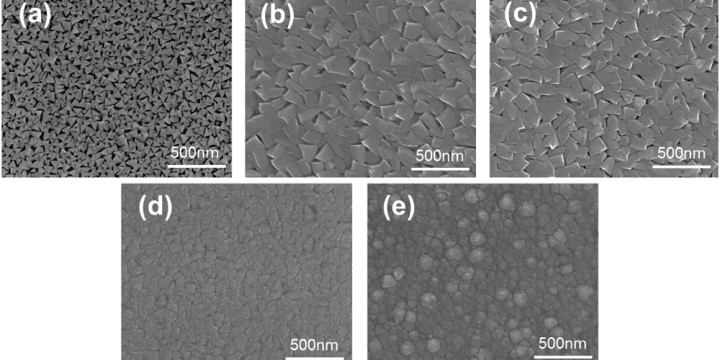
Military Applications of the Optics and Vacuum Thin Film Deposition
[vc_row][vc_column width="3/4"][vc_row_inner][vc_column_inner][vc_column_text] Optics are used almost anywhere in the military. From vision systems and target designators used by troops on the ground, through guidance systems utilized in both manned and unmanned aircraft, to reconnaissance and surveillance packages carried by satellites in Earth orbit. These optical systems are usually in a hard and variable temperature and humidity and in contact with abrasive materials such as sand and salt. The use of coatings deposited by different methods of the deposition is a definitive requirement for all these systems. These coatings, in addition to physically protect sensitive components and sensors against stressful conditions, should be such as to allow components and sensors to provide the proper function for which they are designed. Regarding the military status, all these tasks occur when the inappropriate…







